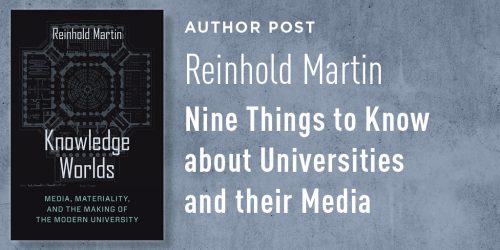Charles B. Strozier on memorializing 9/11
In an op-ed that appeared today in the Philadelphia Inquirer, Charles B. Strozier, author of Until the Fires Stopped Burning: 9/11 and New York City in the Words and Experiences of Survivors and Witnesses, and Scott Gabriel Knowles wrote about the responsibility of memorials and museums to keep important historical events like those of September 11, 2001 alive in the public memory.
They believe that, while no expense has been spared in the creation of the 9/11 memorial, it’s too abstract to fulfill its intended purpose:
The Manhattan memorial is . . . disturbingly macabre and unnecessarily abstract. It features water falling 30 feet (for no particular symbolic reason) into a pair of giant, ominous, square holes. Its two representations of the building “footprints” are exactly alike, a redundancy that reflects the towers but evokes no real memorial significance. Only the names of the dead, etched in marble, have the kind of meaning likely to touch visitors; the names of Todd Beamer (the Flight 93 passenger who famously called out, “Let’s roll!”) and Father Mychal Judge (the chaplain of the New York City Fire Department) have been rubbed so often that they have already been repaired more than once.
There were missed opportunities to embrace the clash of opinions in a democracy instead of postmodern abstraction and bland patriotism. Why not preserve the piece of the outer wall of one tower that stood majestically on the pile, which former Metropolitan Museum of Art director Philippe de Montebello described as a “relic of destruction” and “in its own way, a masterpiece”? And why not include some of the beautiful and spontaneous personal memorials from Union Square, some of which are preserved in the New York State Museum in Albany and the New York City Archives (of all places)?
The problem may lie in the hurry Americans feel to memorialize events so quickly after they occur according to Strozier and Gabriel:
American memorials have usually unfolded over the course of generations. It’s only been since the Vietnam War that we have been in a “rush to memorialize.” In the case of Vietnam, the Oklahoma City bombing, and the 9/11 attacks, the speed of memorialization might have something to do with a groping for meaning that was not required after World War II and the Civil War.
Both Strozier and Gabriel have found in their teaching experience that students are eager to learn about the context of the events of 9/11. They believe that the memorials and museums keeping the memory of September 11th alive should be committed to educating future generations, and conclude their article with a plea for a more vigorous and creative approach to doing so:
Our own experiences teaching about Sept. 11 have shown that students and the public are hungry for knowledge about America’s post-Cold War foreign policy, the rise of al-Qaeda, the Port Authority of New York and New Jersey, the construction of the Twin Towers, and the ways survivors have coped with the disaster. Our students have learned about and discussed these issues critically without damaging their larger ideological commitments, and without disrespecting the dead.
It’s high time that our memorials and museums took on these topics vigorously and creatively, too. We hope the memorials and museums we invest with the duty to remember and educate us about 9/11 will one day lead the way to more democratic and useful memorialization.
They will not succeed in doing so through abstraction. We need exhibits, conferences, documentaries, and curricula that situate Sept. 11 within its larger context. The memorialization of the day should not be sealed away from the public, nor should it remove or dumb down the historical contingency and complexity of Sept. 11 as a day of national and international significance.






1 Response